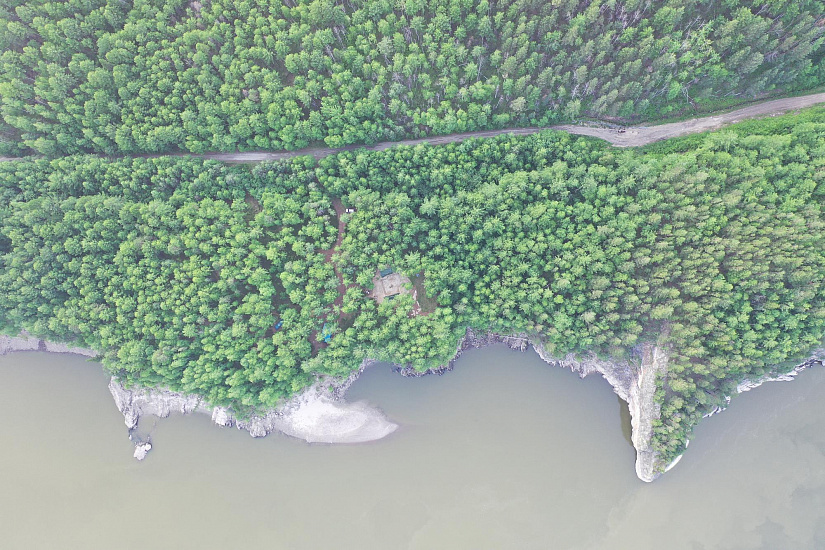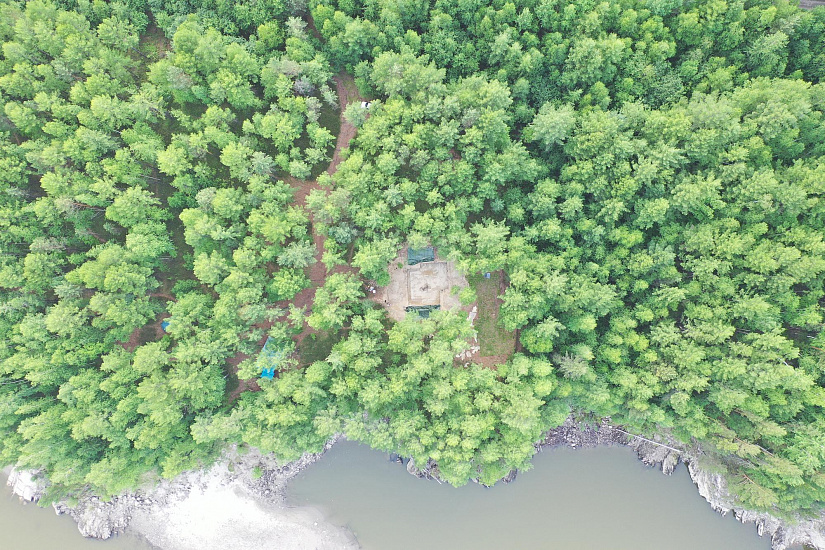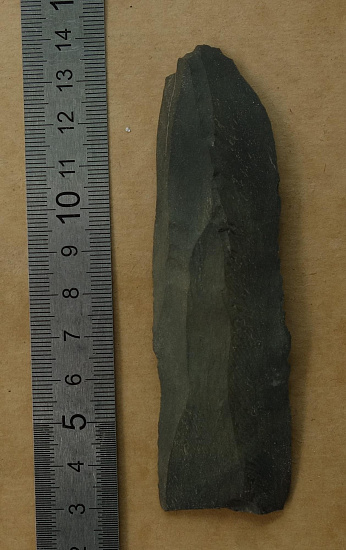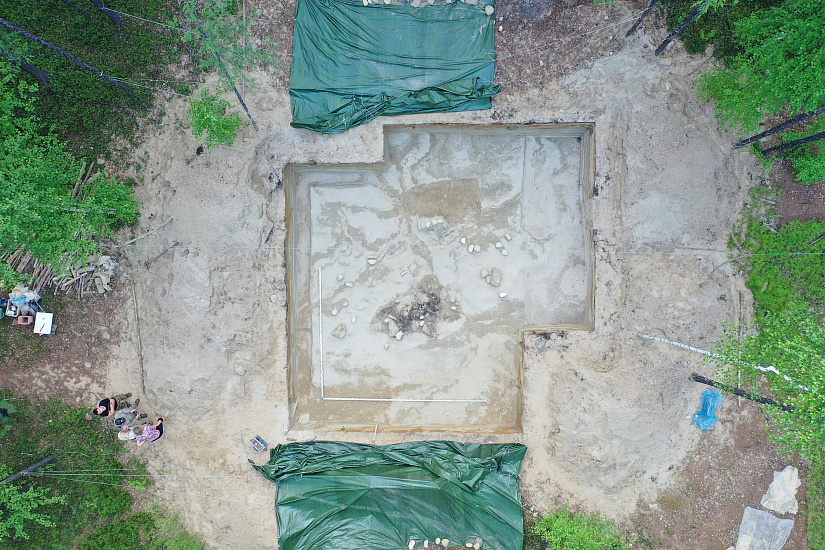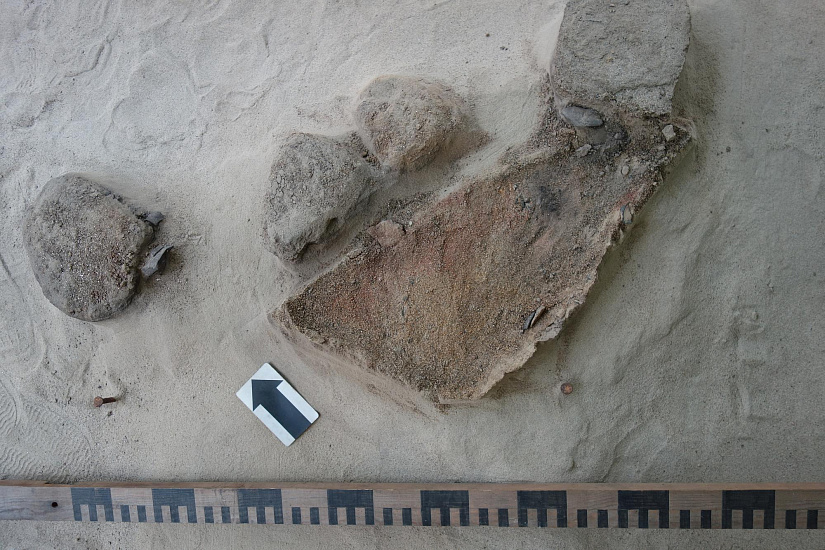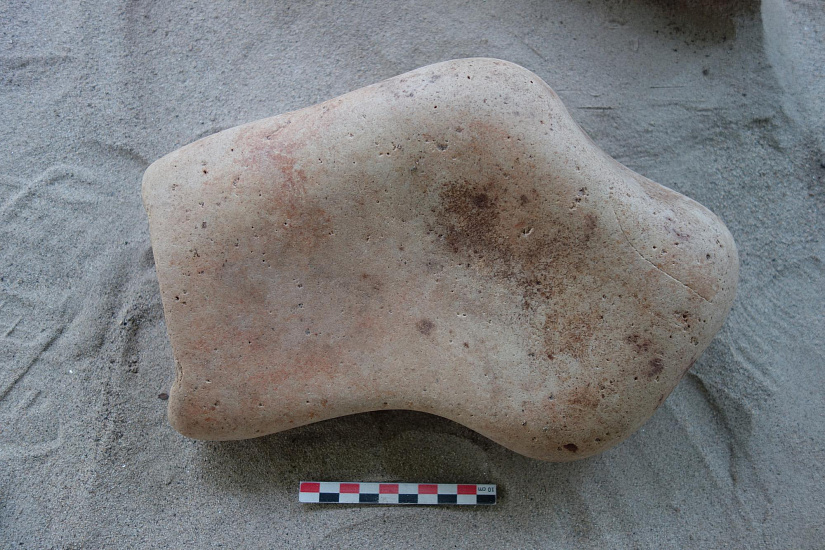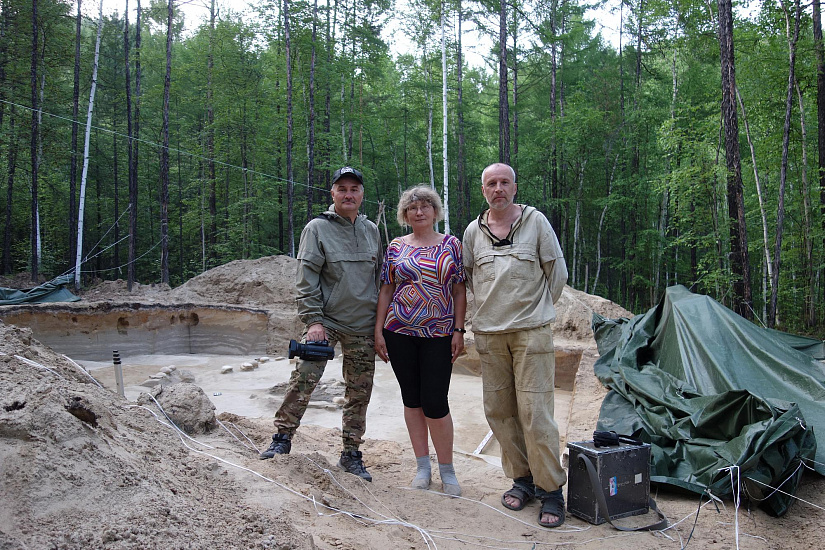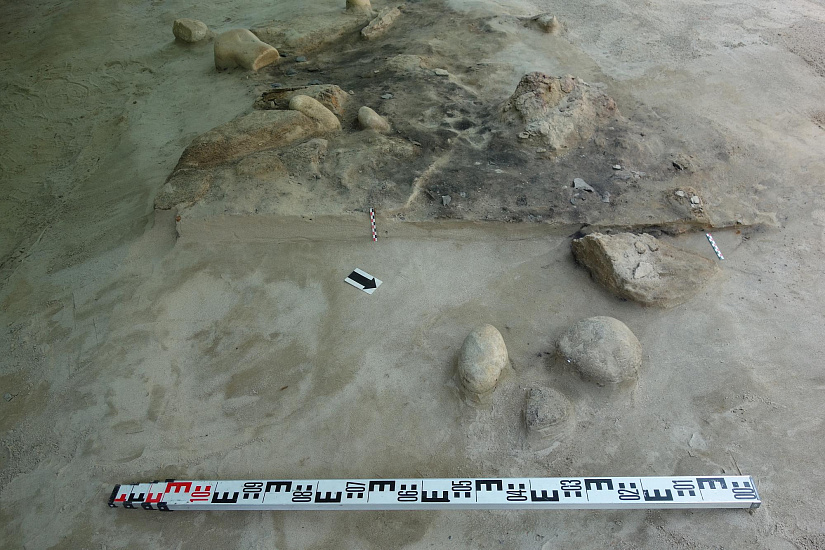INRTU Archaeologist Alexei Tetenkin Found the Most Artifact-Rich Dwelling of Ancient Man for 29 Years of Studying the “Kovrizhka” Sites
The team of INRTU archaeologist Alexei Tetenkin carried out one of the most effective expeditions to the ancient people site “Kovrizhka-IV” (Bodaybo). During excavations for the first time about 25 thousand artifacts were found in one complex of dwelling remains.
The backbone of the expedition consisted of Alexei Tetenkin, Professor, and technical head of the Research Institute of Archaeology, Paleoecology and Life Systems of the Peoples of North Asia of INRTU, and Irina Razgildeeva, Associate Professor of the History Department of the Transbaikal State University. Alexander Sviridov, a student of the School of Aircraft Construction, Mechanical Engineering and Transport of INRTU, assisted the scientists.
For almost three decades Alexei Tetenkin has been researching the group of sites “Kovrizhka”, located on the bank of the Vitim. “Kovrizhka-IV”, discovered in 2004, is interesting because for a number of centuries it was equipped with dwellings like chums. There are no more than ten similar Paleolithic monuments from the shores of the Yenisei to Kamchatka.
Last five years INRTU archeologist and his colleagues have been working at the site to study the adaptation of ancient people to the conditions of the last glacial maximum. The last field season was the most productive.
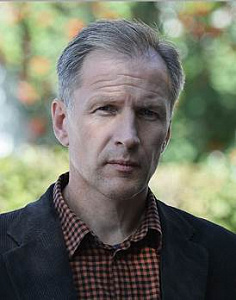
“We have excavated the richest dwelling of all that we have studied for 29 years. The expedition collected the most numerous representative material characterizing the culture of the local population and episodes of their economic activity.
In particular, we were again able to identify the outer lining of the dwelling. Despite the fact that part of the dwelling was washed away by the Vitim River, the most valuable things, including the hearth, were preserved. According to preliminary calculations, we found about 25 thousand finds here. For comparison: earlier on another complex we found only 9.5 thousand artifacts”, stated the archaeologist.
Most findings consist of stone flakes (fragments) - wastes from the production of tools. In the center of the hearth, scientists found a fragment of a snow ram's jaw. Later, Alexei Klimentyev, a paleontologist from the Institute of the Earth's crust of Russian Academy of Sciences, determined that the inhabitants of the dwelling had eaten the prey during the spring and summer period.
“Among the finds were also scrapers, knives, bone cutters, micro and macro plates. Each type of tool had a different function. We also realized that 18 thousand years ago on the Vitim coast there were several technologies for processing stone - to produce plates of different sizes. We found the oldest clearly stratified complexes. There is nothing like this neither on the Upper Vitim nor in the northern part of Baikal. In Yakutia, most of the archaeological sites were excavated back in the 1970s. Similar dwellings are preserved in Transbaikal Region, but there is not much archaeological material in them. Therefore, “Kovrizhka” is a special cultural point on the map, which should become a real asset of the Bodaibinsky District”, emphasized the scientist.
Finds illustrating the behavioral stereotypes of the ancients are also noteworthy. For example, under a calcareous boulder, researchers found a boulder with traces of ochre and hematite, which was rubbed into red powder. The paint marks embedded in the stone suggest that it was an intensive job of rubbing the hematite. Six times the researchers encountered tools applied to hearth stones in the dwelling, probably before leaving the dwelling.
“It was all clearly part of some kind of ritual. Most likely, the dwelling was left like this when they departed to find a new home. After a while, people would come back. And so it was repeated many times. At that time, nomadism in search of food was a common thing.
We also came across the remains of a pit that someone had dug 5000 years later than the owners of the dwelling we found here. Apparently, they realized that they disturbed someone else's strange and very old house and, frightened, buried it. Such conclusions I made after evaluating the content of the filling of the pit with its own spoil”, explains the INRTU Professor.
It should be noted that the expedition started on June 19. In the midst of the excavations, a TV crew from Bodaybo visited the field camp specially for the interview with a team of archeologists.
In the near future, the participants of the expedition will have a lot of work with the collected material. Scientists will describe the findings, make sketches. It is planned to prepare a publication for the journal, peer-reviewed in Scopus and WoS. In September, Professor Alexei Tetenkin will report on the results of the trip at a conference in the Transbaikal Region.

